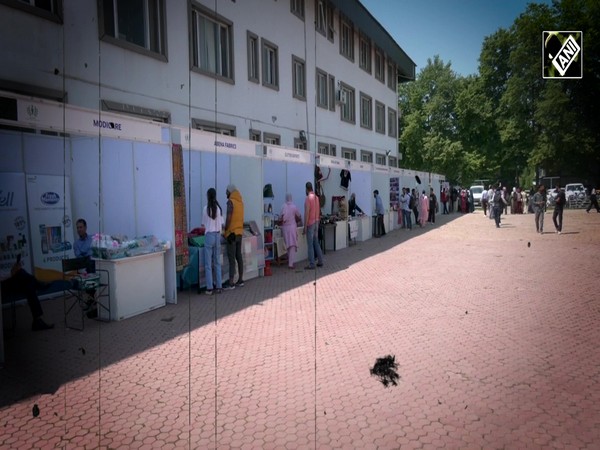Nepal witnesses second and final solar eclipse of the year
Oct 25, 2022

Bharatpur [Nepal], October 25 : Nepal on Tuesday witnessed the second and final partial solar eclipse for the year 2022.
The eclipse started at 4:53 PM (Local Time) from various parts of Nepal and ended at 5:26 PM (Local time) for a duration of 33 minutes.
The final eclipse of the year was visible from Europe, Mid-Asia, North Africa, India, Mongolia, Pakistan, Afghanistan, Iran, Iraq, Syria, Tajikistan and Norway.
The Moon first began to cross the disc of the Sun as seen from the northern Atlantic Ocean and blocked 82 per cent of the sun for observers near the North Pole. The Moon only covered 33 per cent of the Sun in Nepal.
A solar eclipse always occurs about two weeks before or after a lunar eclipse, when the full moon enters the Earth's shadow, giving the moon a reddish hue.
This is due to the placement of the Sun, Moon and Earth, which are nearly in a flat plane but have a wobble in their orbit.
A solar eclipse occurs on a new Moon day when the Moon comes in between the Earth and the Sun and when all three are aligned. A partial solar eclipse will occur when the lunar disk covers the solar disk partially.
The next opportunity to see a solar eclipse will not be until April 20, 2023, when there will be an annular solar eclipse visible to Australia, Antarctica and Southeast Asia, according to NASA, and will cause a complete ring of fire surrounding the moon.
An official release said eclipsed sun should not be viewed with the naked eye, even for a very short time.
It will cause permanent damage to the eyes leading to blindness even when the moon covers most of the Sun. A safe technique to observe the solar eclipse is either by using a proper filter like aluminized mylar, black polymer, welding glass of shade number 14 or by making a projection of the sun's image on a white board by telescope.
















